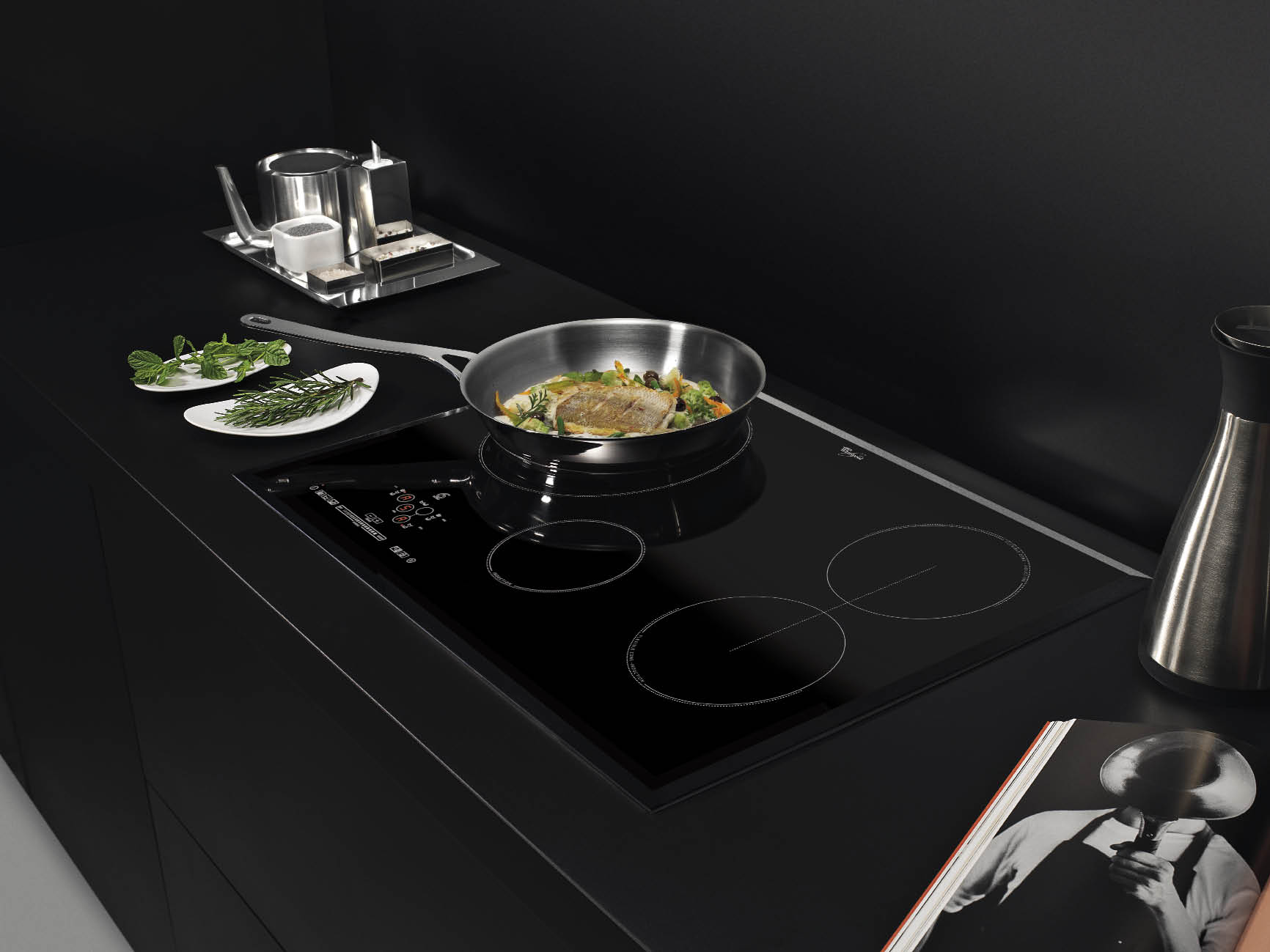By Rami Moorosi
In terms of cooking, induction hobs continue to grow in popularity. This comes as no surprise as the technology used in these products creates a magnetic field between the hob and the pot or pan. What this means is that the heat is only generated where the pot/pan makes contact with the hob surface, thus reducing the amount of lost energy (electricity or gas) to the surrounding area.
Gas can be used as another alternative to electricity, and this is because LPG (liquid petroleum gas) is highly controllable and efficient with instant heat and immediate heat reduction for faster, more economical cooking.
According to Stacy Shepherd of Global Pact distribution another option is ESSE Woodfired Cookers as these “are highly efficient and being wood burners they are considered carbon neutral. In addition to wood we make energy efficient flueless gas, electric and pressure jet oil cookers”.
Refrigeration
Fridges and freezers drain about a fifth of our household energy consumption, but brands such as Miele’s refrigeration appliances have an energy efficiency rating of between A++ and A, offering savings of 25%. A few factors that make the company’s appliances eco-friendly include the insulation material, pentane and the coolant, isobutene R600a, which is an environmentally-friendly gas.
LG Electronics’ Linear Compressor fridges use technology that minimises power consumption and reduces noise as the piston is driven directly, without a rod and axis. This lowers energy consumption by approximately 20% compared to conventional compressors, helping you reduce your energy bills while still having the full benefits of optimal refrigeration. Linear Compressor Technology in LG’s refrigerators results in energy savings of up to 30% to 40%.
Dishwashers
Modern dishwashers save more water than washing by hand, provided that they are used effectively. The 6th Sense from Whirlpool, for example, has sensors that detect the amount of dirt in the water, and adapt the amount of water and electricity required to complete the cleaning process. These dishwashers do not require the “half load” function, as the machine automatically ends the cleaning cycle once no more dirt can be detected.
Other energy saving tips:
- Use small appliances such as toasters, electric grills and skillets, slow cookers, electric pots and bottle warmers whenever you can, as these use less electricity than a stove.
- Keep stove plates and reflectors clean, and when cooking in the oven ensure that the oven door remains closed until food is cooked.
- Use a pressure cooker when preparing foods that normally take a long time to cook as these cookers speed up the cooking process.
- Cook in the microwave whenever possible – it is the most efficient electrical cooking appliance.
- Remember to close fridge doors as quickly as possible when taking out items and ensure that door seals are intact.
- Use short cycles for everything but the dirtiest dishes. Short cycles use less energy and work just as well.
Things to remember
When buying new appliances it is important to look at their energy ratings, as this will help you ascertain the energy-efficiency and resulting consumption in use.
Energy efficiency is rated from A to G, with A being the most energy efficient and G being the least.
The following are very good ratings:
• Ovens – A
• Refrigeration – A+
• Washing Machines – A+
• Dishwashing – A
Even though you may have energy-efficient appliances, incorporating good habits will further lower your consumption.



















Leave a Comment